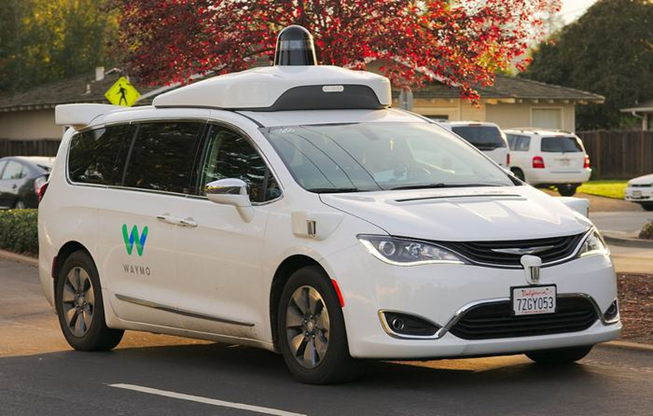Why is Tesla Avoiding LiDAR?
The days of autonomous cars on the road seem to get closer every year with new inventions and developments announced to make the car function correctly on the road. Most companies are using LiDAR along with cameras and radar to train the machine learning algorithms, but Tesla decided to go a different route and remove LiDAR from the equation. In this article, we will discuss the approach Tesla is taking and compare it with using LiDAR. First, let’s take a closer look at how Tesla plans to create a fully autonomous vehicle.
The Reliance on Hydranet
Currently, Tesla uses eight cameras to allow the car to coordinate itself on the road: three in the front, two on each side, and one in the back. All of these cameras are tied together via the Hydranet which stitches together a complete view of the road. These images are processed with convolutional neural networks that identify all of the pedestrians and objects the car might encounter on the road. Basically, instead of creating an entirely new vision system, Tesla is looking to provide their vehicles with better visual acuity than what human eyes can offer.
The convolutional neural networks will need to be trained with data annotation in order to recognize everything in its surroundings. In order to make the car fully autonomous, it needs to be able to handle any situation on the road, which means that a lot of highly accurate data annotation will need to be performed. This includes simple tagging and 2D/3D bounding boxes as well as more semantic segmentation, which is the most detailed for of annotation, to allow the differentiate all of the pedestrians and objects in any circumstance.
Now that we know the approach Tesla is taking, let’s take a look at LiDAR to find out why Tesla decided to go a different route.
Using LiDAR for Autonomous Driving
LiDAR is similar to traditional radar since it sends out pulses of electromagnetic radiation to detect objects in its surroundings. These lasers bounce off the objects and return back to the car which allows the system to measure the distance. LiDAR offers ultra-fast response time to allow the car to make quick decisions to react to changing circumstances on the road. The biggest advantage of LiDAR is the accuracy it offers. In fact, Waymo has developed a LiDAR that can even detect the direction pedestrians are facing. Chrysler Pacificas is currently using this technology to detect the hand gestures cyclists are giving to predict their next motions.
LiDAR images produce a 3D Point Cloud which is a representation of how the computer sees the physical world. This also needs to be annotated to label all of the items in the image and their distance from the vehicle. This is usually done with colors representing short and long wavelengths. For example, the road on the 3D Point Cloud will always be blue since this color has a short wavelength and the road itself is the lowest point on the image.
Since LiDAR offers such a high level of precision then why is Tesla avoiding it? The answer is that it has a few drawbacks which make it less attractive to mount on consumer vehicles. First, let’s look at the cost. When Google first developed its LiDAR system, the price tag was $75,000. Today it is possible to purchase LiDAR units for around $1,000 and at this year’s CES we even saw Velabit offer one for $100. However, these systems were fairly limited and it was unclear exactly how many units would be needed per vehicle as the costs could add up very quickly.
The next factor we need to consider is the bulkiness that detracts from the appearance of the car. LiDAR systems require spinning lasers. This system is massive as can be seen in the image below:

From all of this information, we can now see why Tesla decided to avoid LiDAR. The heavy costs associated with it will have to be passed on to the consumer making the car more expensive. Also, since the visual appearance of the car is important to a lot of drivers, they will probably not want to buy a car that has a system, like the one in the image above, mounted on top of their car. Perhaps a compromise could be something that Audi is doing with their A8 models. They are placing a small front-facing LiDAR in these cars, but again, it is only front-facing which means that the other sides are not accounted for.
Mindy Support is Helping Researchers Develop Next-Gen Self-Driving Vehicles
Mindy Support is taking the burden of data annotation off the shoulders of researchers to allow them to focus solely on developing their product. We are one of the largest BPO providers in Eastern Europe with more than 2,000 employees in six locations all over Ukraine. Regardless of the amount of data you need to be annotated, we can assemble a team that will get the job done within the specified time period. Our rigorous QA process ensures that all tasks are done correctly the first time around which allows us to scale your team without sacrificing the quality.
Posted by Il’ya Dudkin




